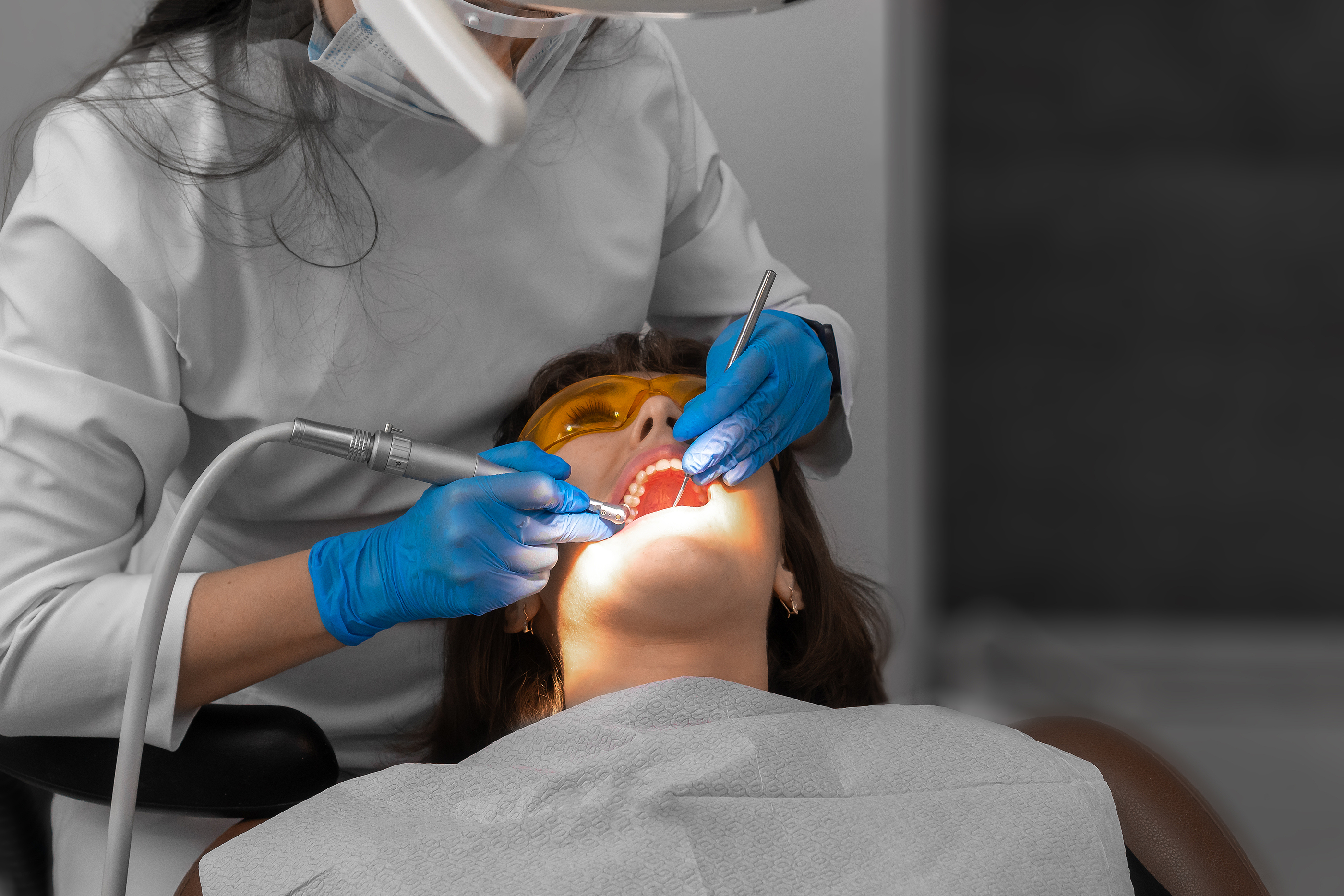Socket preservation, also known as ridge preservation, is a dental procedure performed after tooth extraction to prevent bone loss and maintain the natural shape and contours of the jawbone. During this procedure, the empty socket left behind by the extracted tooth is filled with a bone graft material that helps stimulate new bone growth and prevents the surrounding bone from collapsing or resorbing over time. By preserving the bone structure, socket preservation promotes successful dental implant placement in the future and ensures optimal aesthetic and functional outcomes for patients. 
Suitable Candidates for Socket Preservation
- Individuals considering dental implants to replace their extracted teeth are ideal candidates for socket preservation. Preserving the bone structure in the extraction site ensures sufficient bone mass and density to support the dental implant and achieve optimal stability and longevity.
- Suitable candidates for socket preservation typically have adequate bone volume and density in the extraction site. This ensures the bone graft material can integrate successfully with the surrounding bone and promote new bone growth.
- Patients concerned about changes in facial contours or aesthetics following tooth extraction may benefit from socket preservation. By preserving the natural shape of the jawbone, socket preservation helps maintain facial harmony and prevent the sunken appearance that can occur due to bone loss.
- Patients with good oral health and a commitment to proper postoperative care are suitable candidates for socket preservation. Following postoperative instructions provided by our dentist at Moffitt Dental, including maintaining good oral hygiene and attending follow-up appointments, is essential for successful healing and bone regeneration.
Reason for Socket Preservation
Preventing Bone Loss
After tooth extraction, the jawbone in the missing tooth area can begin to deteriorate over time due to lack of stimulation. Socket preservation helps maintain the volume and density of the jawbone by filling the empty socket with bone graft material. This prevents bone loss and preserves the natural shape of the jaw, which is essential for future dental procedures like dental implants. Contact us today!
Facilitating Dental Implant Placement
Socket preservation plays a crucial role in facilitating the placement of dental implants, which are often used to replace missing teeth. Dental implants require a stable and healthy foundation of bone for optimal stability and longevity. By preserving the bone structure through socket preservation, dentists in Eagle Grove, IA, can ensure adequate bone mass to support the dental implant and achieve a secure fit. This increases the success rate of dental implant procedures and reduces the risk of complications such as implant failure or bone resorption. Additionally, socket preservation helps maintain the proper spacing and alignment of teeth, ensuring optimal patient aesthetic and functional outcomes.
Enhancing Aesthetic Outcomes
Bone loss following tooth extraction can lead to changes in facial appearance, such as sunken cheeks or a sagging jawline. Socket preservation helps maintain the natural contours of the jawbone, preventing these aesthetic changes and preserving facial harmony. This is particularly important for patients with missing teeth in visible mouth areas.
Supporting Adjacent Teeth
A preserved socket supports the adjacent teeth, preventing them from shifting into the space left by the extracted tooth. This helps maintain the alignment and stability of the surrounding teeth, preserving the overall integrity of the dental arch and bite function.
The Socket Preservation Process
The socket preservation process begins immediately after tooth extraction. Once the tooth has been removed, the dentist thoroughly cleans and prepares the extraction site to ensure optimal healing and bone regeneration. Any debris or infected tissue is carefully removed from the socket to create a clean and healthy environment for the socket preservation procedure.
With the extraction site prepared, the next step in the socket preservation process is placing bone graft material into the empty socket. The bone graft may comprise various materials, such as synthetic bone substitutes, autogenous bone grafts from the patient's body, or allografts from donor sources. The bone graft material will work as a scaffold for new bone growth and helps stimulate the body's natural healing process. Once the bone graft is placed, the extraction site is typically covered with a membrane or protective barrier to promote tissue regeneration and prevent soft tissue from entering the socket.
After the bone graft material is placed, the extraction site is sutured closed, and the healing process begins. Over the following weeks and months, the bone graft material gradually integrates with the surrounding jawbone, promoting new bone growth and preserving the volume and density of the jawbone. During this time, patients need to follow our dentist's postoperative instructions, including maintaining good oral hygiene and avoiding activities that may disrupt the healing process. Once the socket has fully healed and new bone has formed, the area can now function as a stable and healthy foundation and is ready for future dental treatments, such as dental implant placement.
Socket preservation is a critical procedure that significantly benefits individuals undergoing tooth extraction, particularly those considering future dental implants. Visit Moffitt Dental at 322 S Commercial Ave, Eagle Grove, IA 50533, or call (515) 448-4852 to determine if socket preservation suits you.